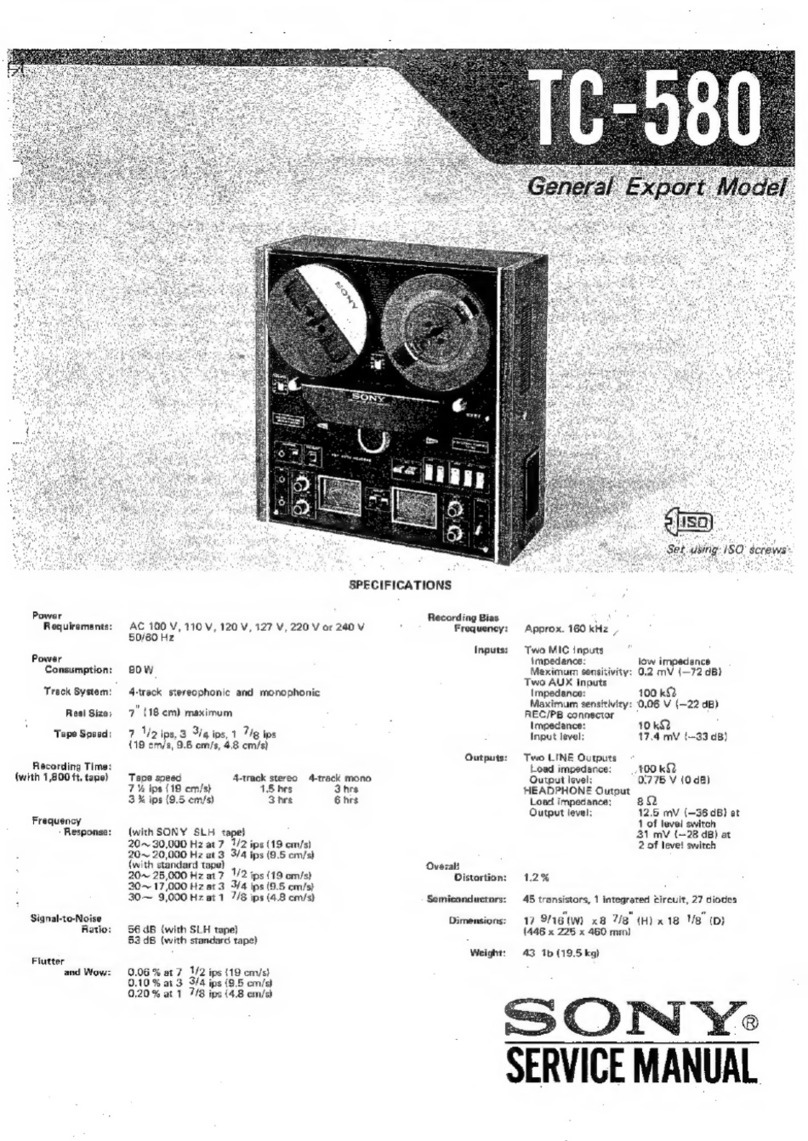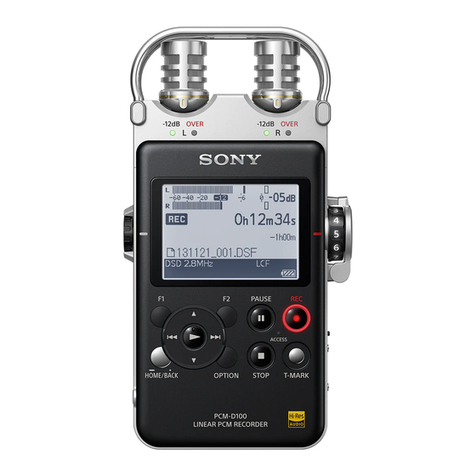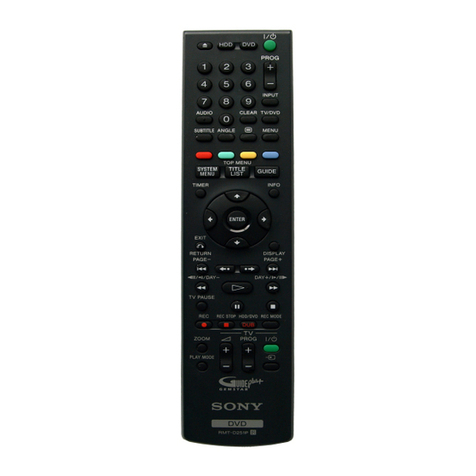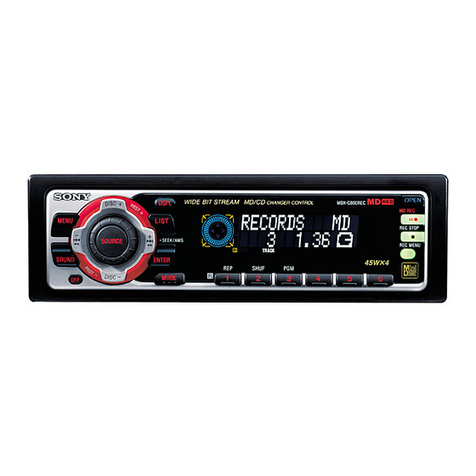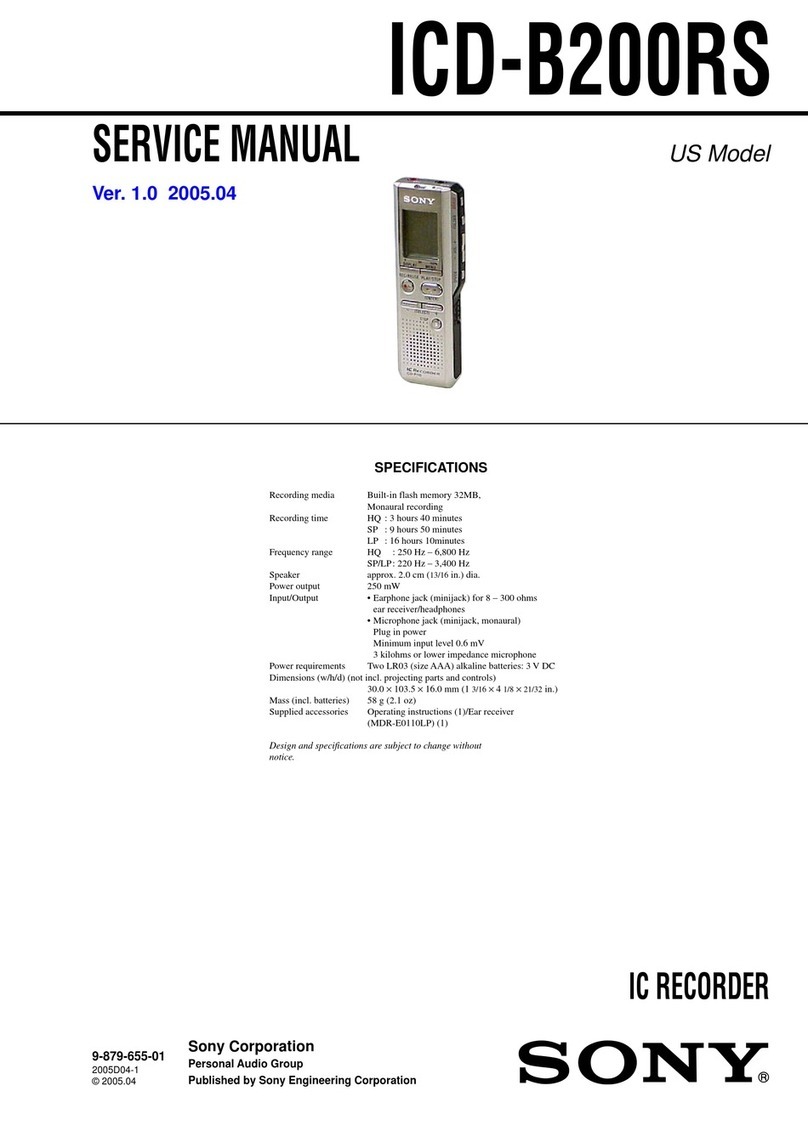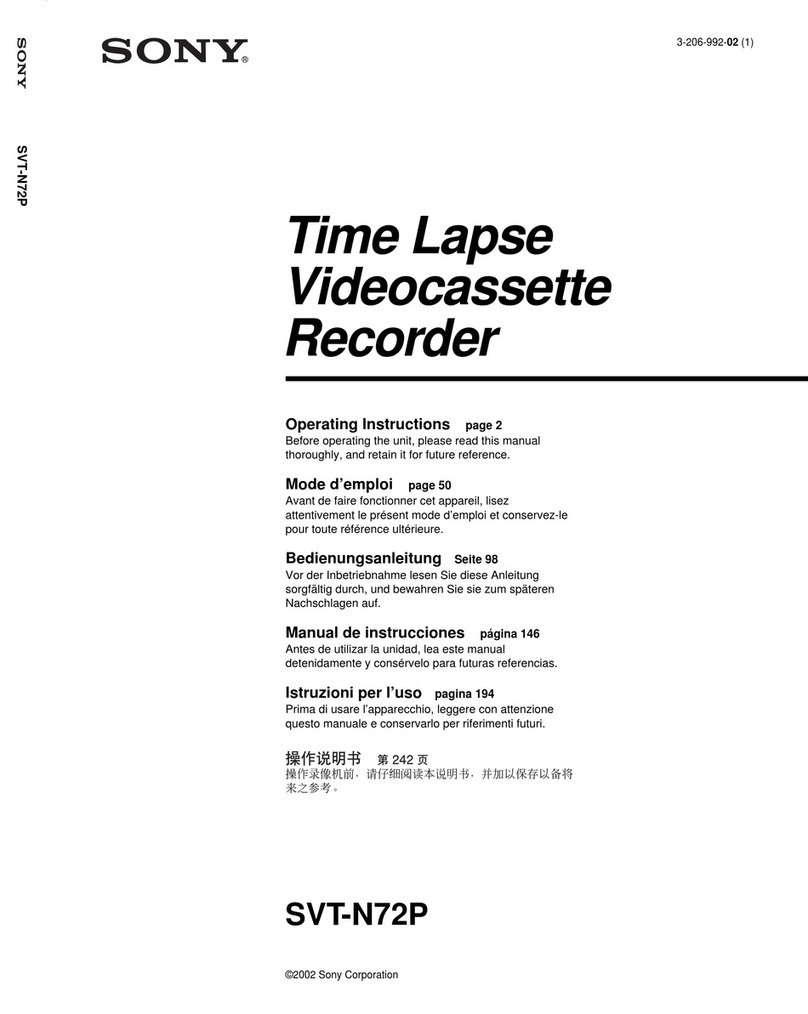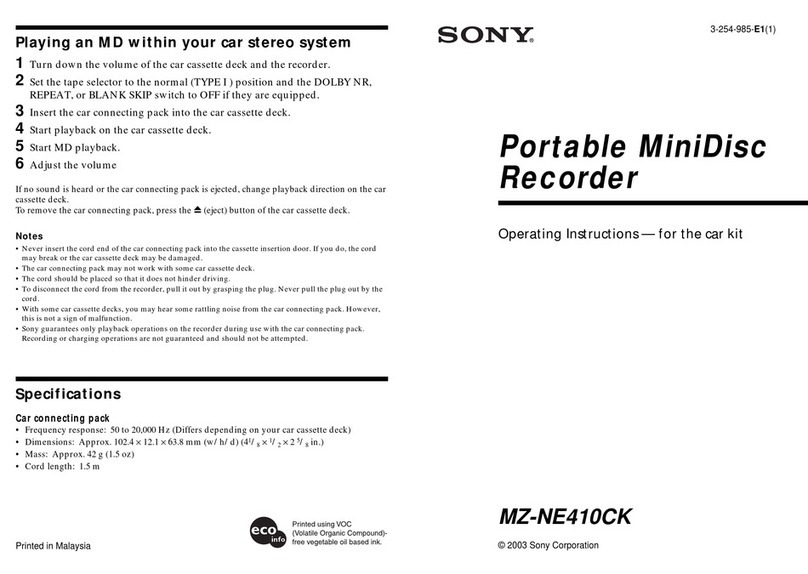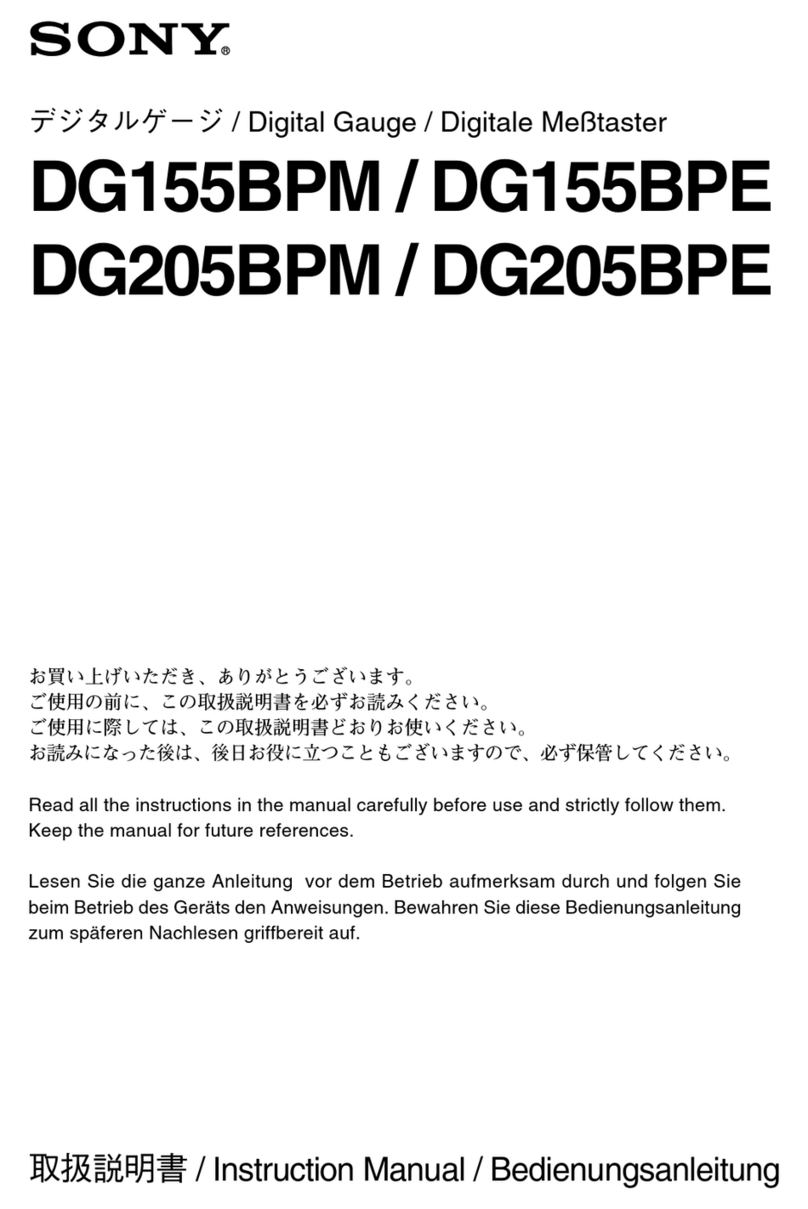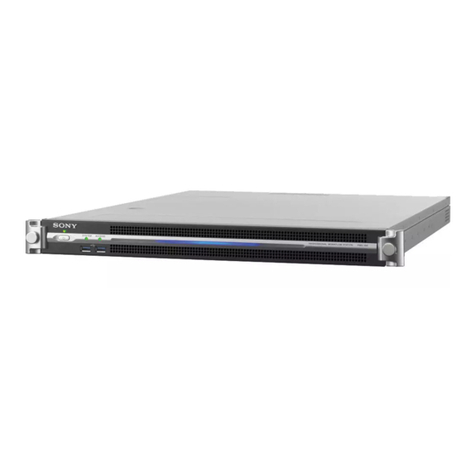
Table of Contents
Manual Structure
Purpose of this manual....................................................................................................................3
Related manual............................................................................................................................3
1. Service Overview
1-1. External Connectors...........................................................................................................1-1
1-1-1. Connector Input/Output Signals........................................................................................1-1
1-2. Location of Printed Wiring Boards............................................................................................1-3
1-3. Circuit Description............................................................................................................1-4
1-3-1. Video Signal System...................................................................................................1-4
1-3-2. Media Recording/Playback System....................................................................................1-4
1-3-3. Audio System...........................................................................................................1-5
1-3-4. System Control.........................................................................................................1-6
1-3-5. Power Supply System..................................................................................................1-7
1-4. Service Tools/Measuring Equipment List.....................................................................................1-9
1-4-1. Service Tools...........................................................................................................1-9
1-4-2. Measuring Equipment..................................................................................................1-9
1-5. Firmware Upgrade...........................................................................................................1-10
1-6. Electrical Alignment.........................................................................................................1-11
1-7. Circuit Protection Parts......................................................................................................1-12
1-7-1. Circuit Protection Element............................................................................................1-12
1-7-2. Replacing Fuses and IC Links.........................................................................................1-12
1-8. Notes on Service.............................................................................................................1-13
1-8-1. Actions to Be Taken when Replacing Parts and Boards..............................................................1-13
1-8-2. Preparation for Replacing Parts and Boards..........................................................................1-13
1-8-3. Notes on Replacing Onboard Parts....................................................................................1-13
1-8-4. Backup Battery........................................................................................................1-13
1-9. Flexible Card Wire and Fine-Wire Coaxial Cable...........................................................................1-14
1-9-1. Disconnecting/Connecting Flexible Card Wire.......................................................................1-14
1-9-2. Disconnecting/Connecting Fine-Wire Coaxial Cable.................................................................1-14
1-10. Lead-free Solder.............................................................................................................1-17
2. Replacement of Main Parts
2-1. Outline of Replacement Procedure............................................................................................2-1
2-2. LCD Assembly................................................................................................................2-2
2-3. Top/Bottom Panel Assembly..................................................................................................2-5
2-4. Front Panel Assembly/SxS Lid................................................................................................2-7
2-5. Option Cover/HP Jack Cover.................................................................................................2-9
2-6. Rear Panel Assembly........................................................................................................2-10
2-7. Bottom Frame................................................................................................................2-11
2-8. Front Frame Assembly.......................................................................................................2-13
2-9. IO-256 Board................................................................................................................2-16
2-10. SWC-55 Board/EC-115 Board...............................................................................................2-18
2-11. KSW-63/KSW-64/HN-407 Board...........................................................................................2-22
2-12. DCP Board...................................................................................................................2-24
2-13. DPR Board...................................................................................................................2-26
PMW-50 1
